Controlled Closure
The primary role of a gate stop is to provide a specific point where the gate halts its motion. This is crucial for both swinging and sliding gates to ensure they close in the correct position every time.
Prevents Overextension
For swinging gates, a gate stop prevents the gate from swinging beyond the intended angle. This is important for protecting the gate’s hinges and structure from damage due to overextension or excessive force.
Reduces Impact and Noise
A gate stop, particularly one with rubber padding, helps absorb the impact when the gate closes. This reduces the noise created upon closing and minimizes wear and tear on the gate and its operating mechanism.
Enhances Safety
By ensuring the gate closes in a controlled manner, a gate stop enhances the safety of the area. It prevents the gate from slamming shut or swinging too far, which could be a safety hazard, especially in areas with children or pets.
Protects Gate and Property
Without a gate stop, a gate could swing or slide into nearby objects or structures, causing damage. The gate stop ensures the gate closes without hitting anything, thus protecting both the gate and the surrounding property.
Maintains Gate Alignment
In sliding gate systems, a gate stop helps maintain proper alignment of the gate, especially where there are two sections meeting in the middle. This is crucial for the smooth operation and longevity of the gate.
In summary, a gate stop is a simple yet crucial part of a gate system, contributing to the proper functioning, safety, and longevity of the gate.

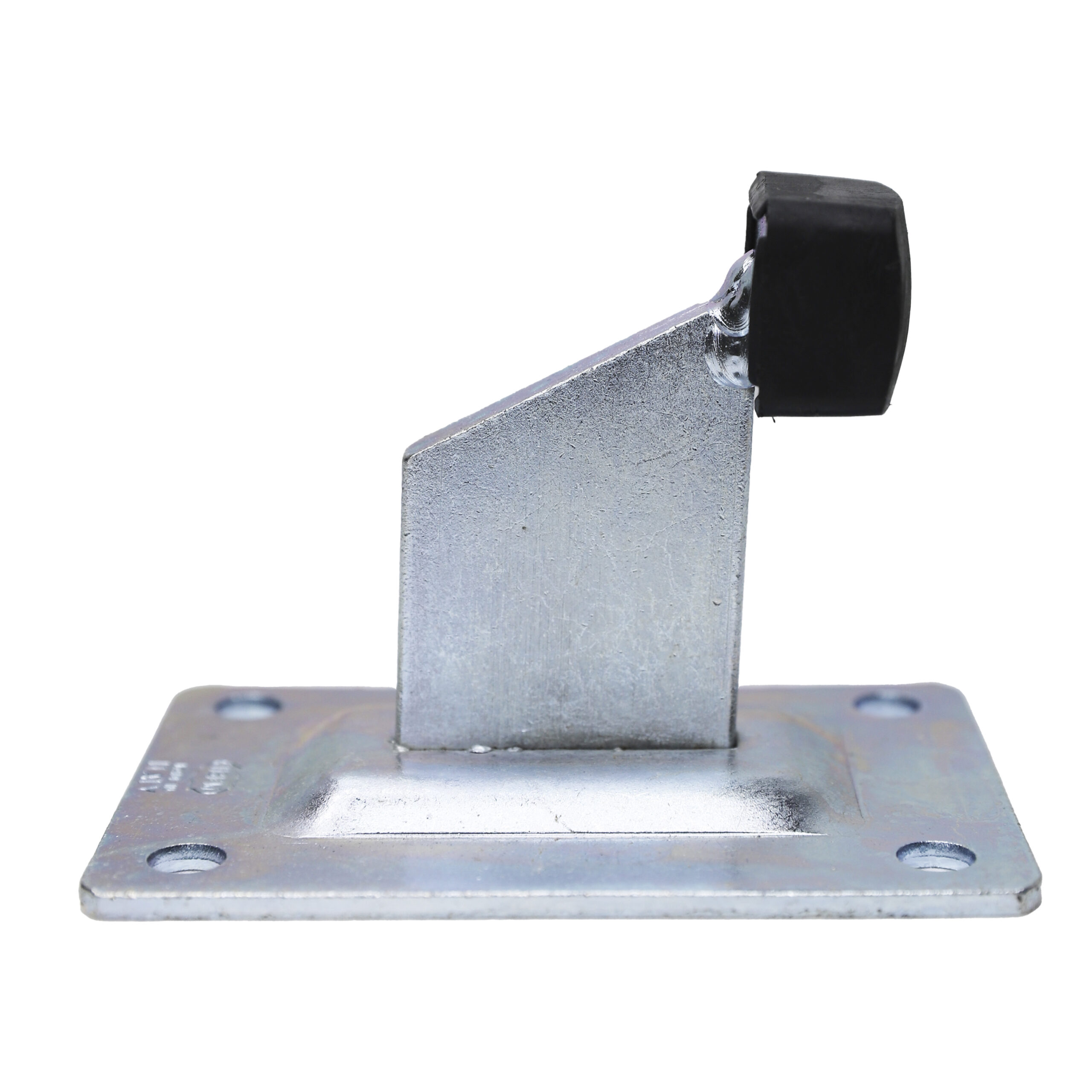
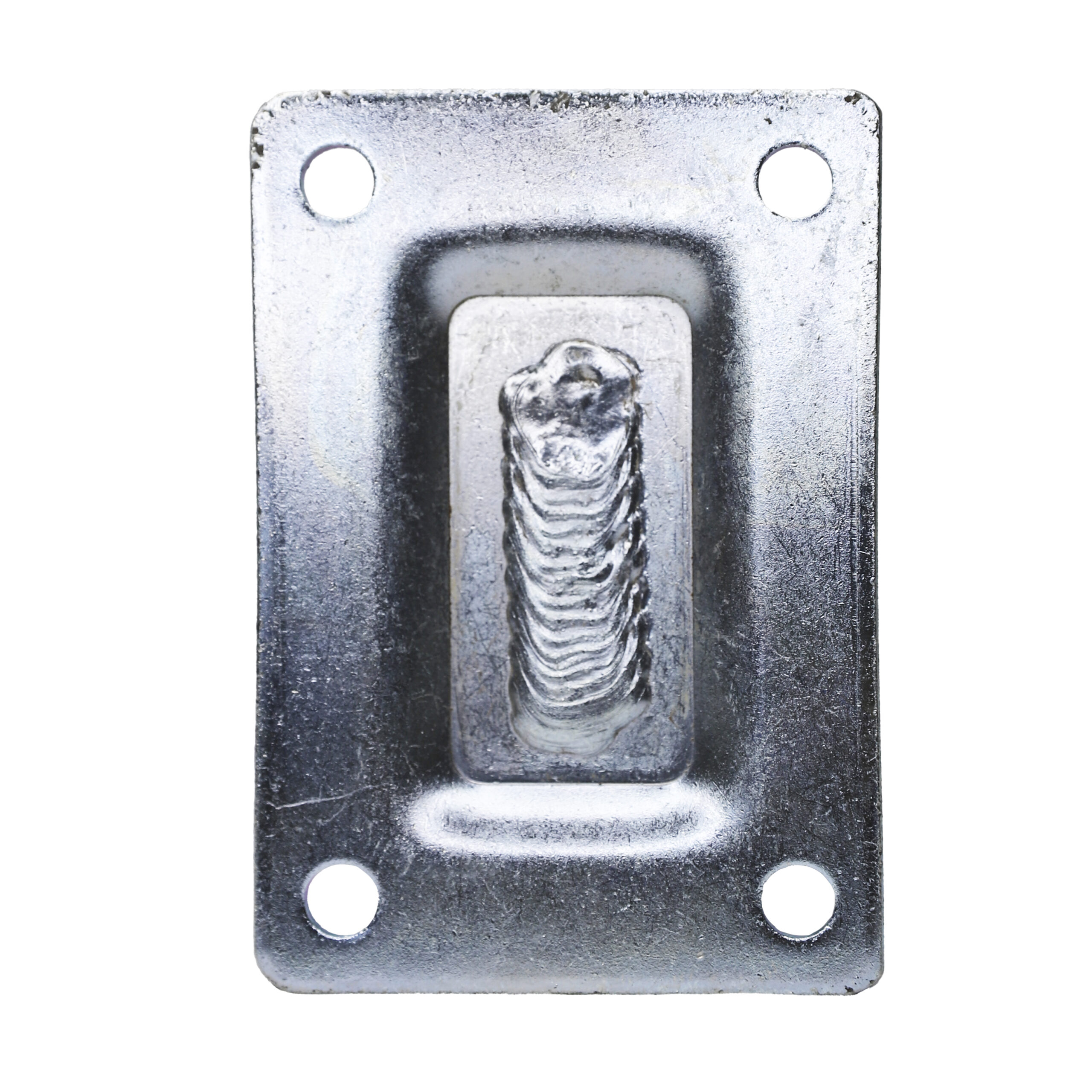
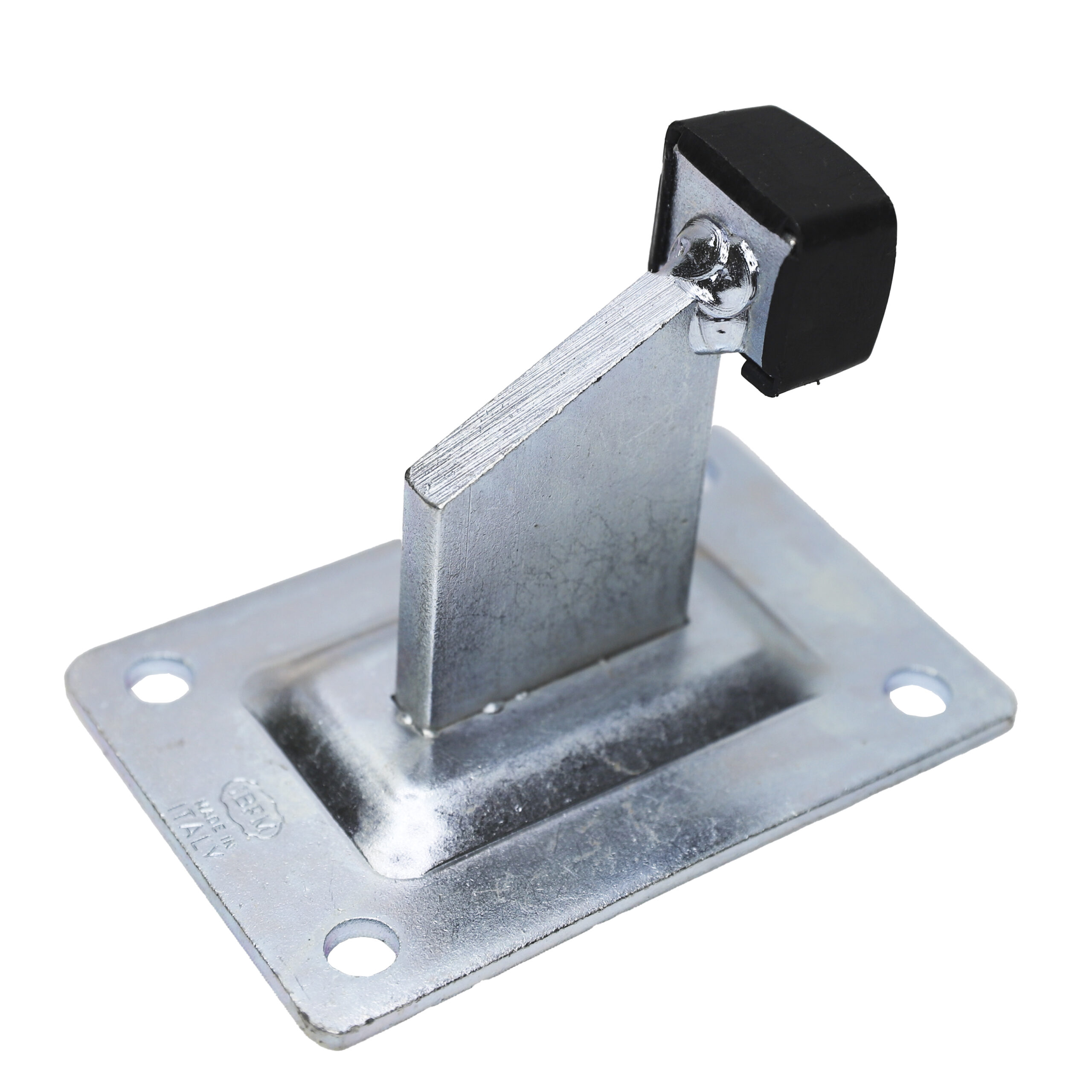
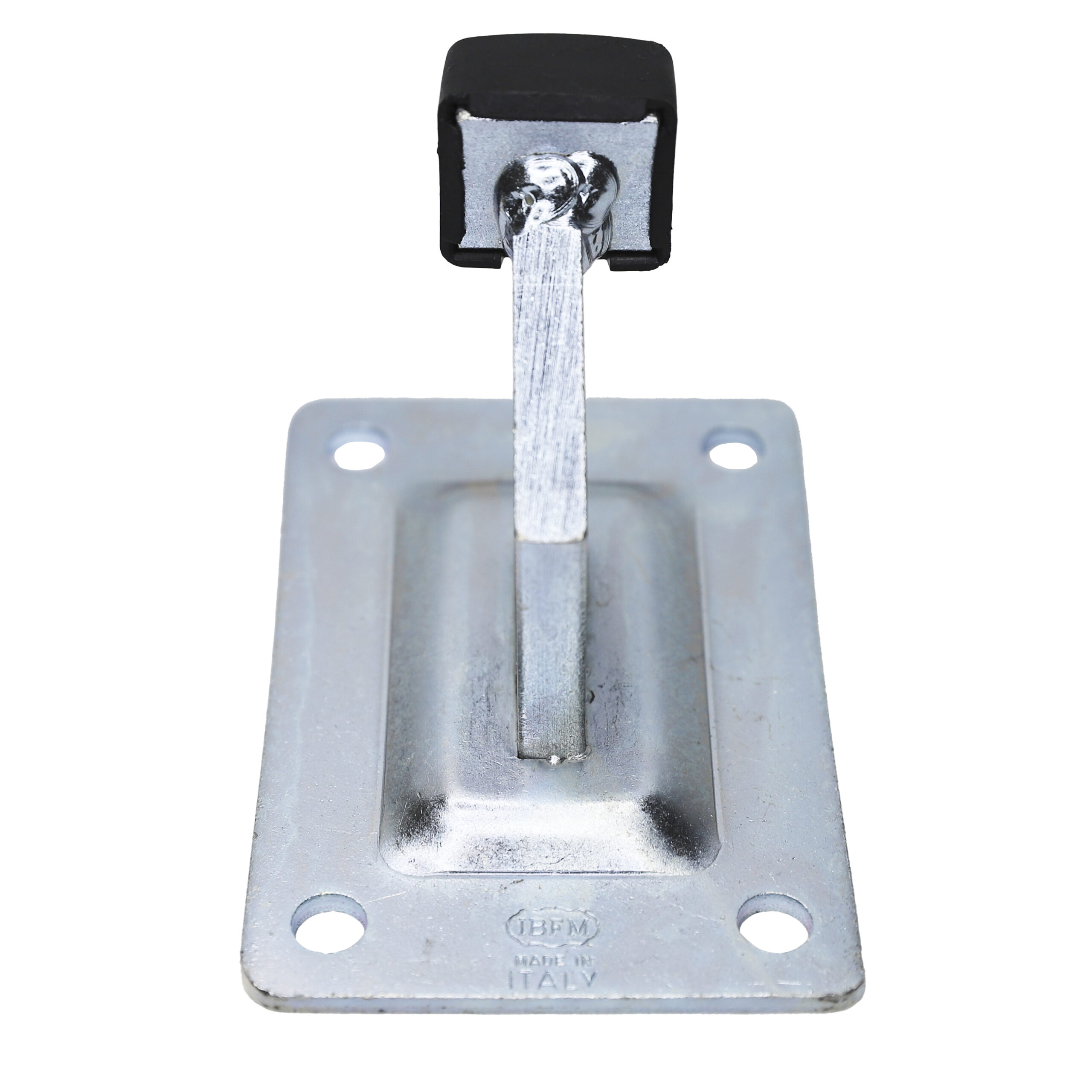
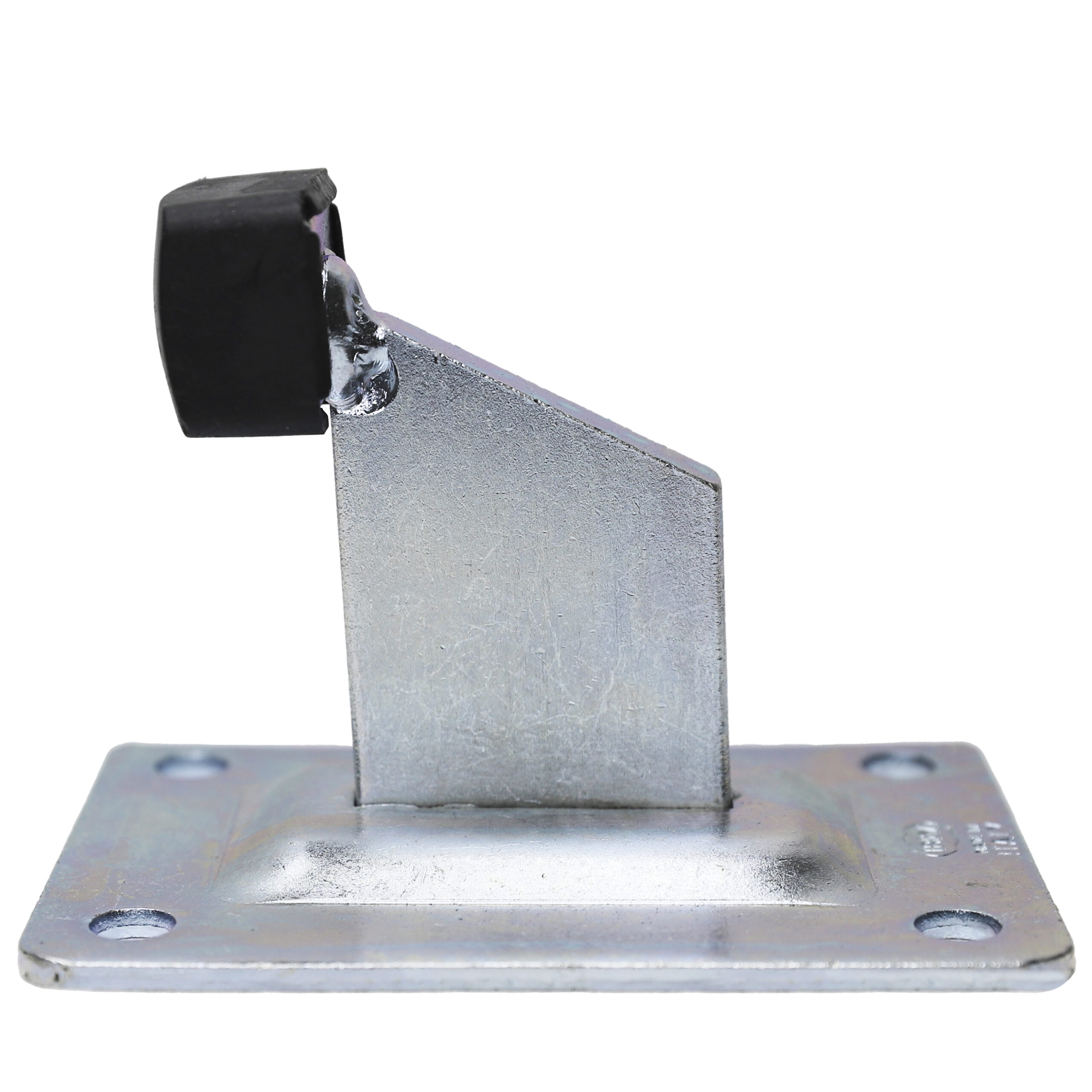
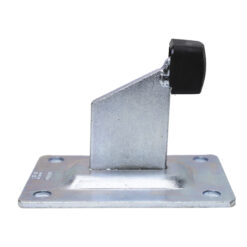
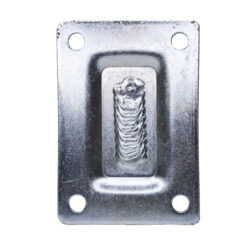
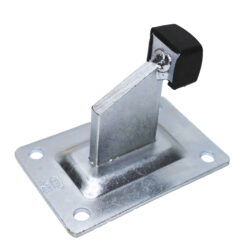
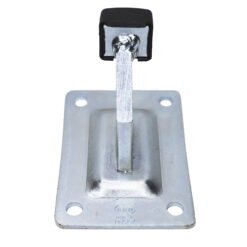
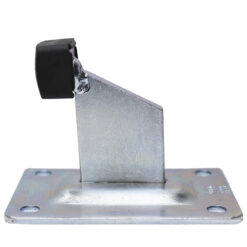



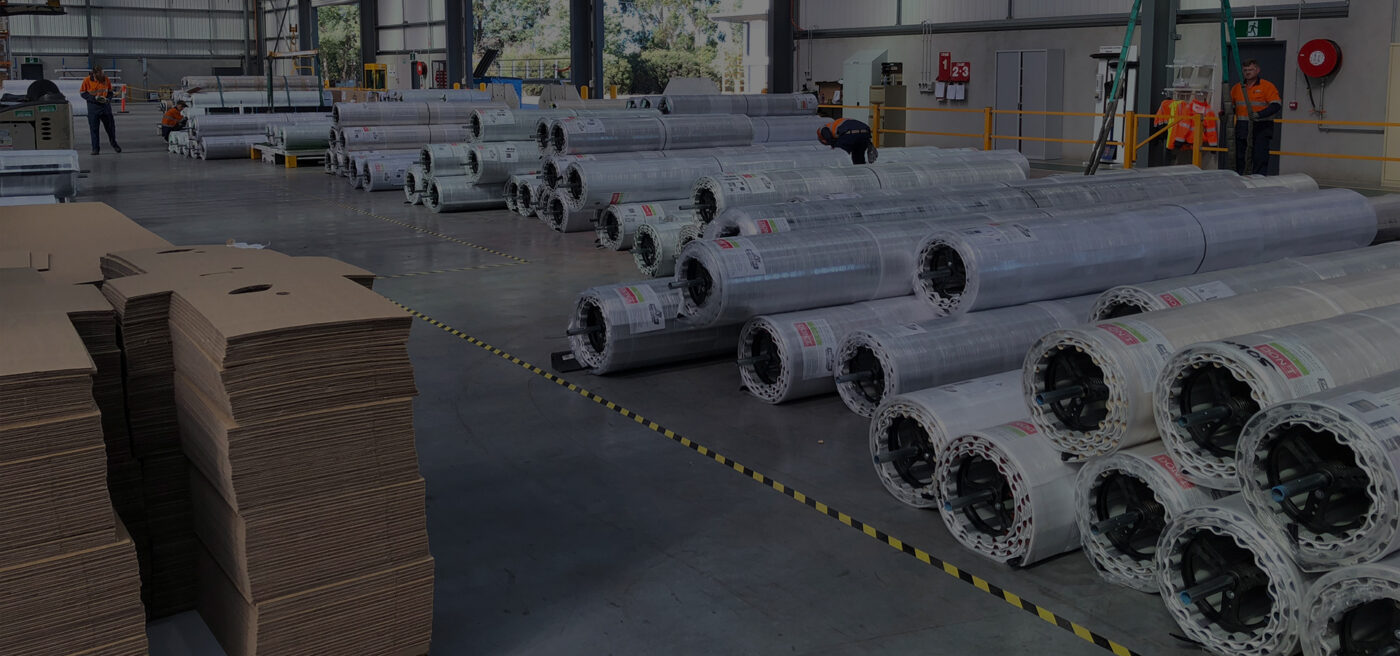

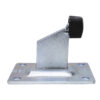
Reviews
There are no reviews yet.